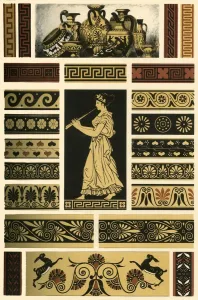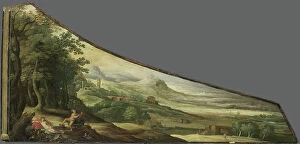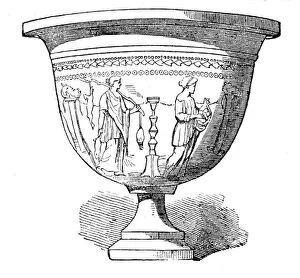Kantharos Collection
The kantharos, an ancient Greek pottery vessel, has captivated historians and art enthusiasts for centuries
All Professionally Made to Order for Quick Shipping
The kantharos, an ancient Greek pottery vessel, has captivated historians and art enthusiasts for centuries. Dating back to as early as the 7th century BCE, these exquisite wine cups were crafted by skilled artisans whose names have been lost to time. One such masterpiece is the Kantharos in the Shape of a Female Head, created around 480 BCE by the London Class. This stunning piece showcases intricate details and delicate features that bring this female figure to life. Another notable kantharos is from the Kantharos Group, dating back to about 300 BCE. Its elegant design and expert craftsmanship demonstrate the evolution of this iconic drinking cup over time. Intriguingly, some kantharoi feature unique decorations like geometric patterns found on one discovered at Asseros in Lagadas, Thessaloniki. These designs provide a glimpse into prehistoric settlements and their artistic expressions. The Etruscan civilization also embraced the beauty of kantharoi with examples such as a terracotta vessel from Montegrotto Terme's Sanctuary of S. Pietro Montagnon in Italy. Created during the 8th century BCE, its bifurcated handle adds an interesting touch to its overall aesthetic. Not limited to traditional forms, there are even kantharoi shaped like white women and black women—a testament to diversity even in ancient times—such as those seen in Etruscan art. Whether used for libations or displayed as decorative pieces, these timeless artifacts continue to fascinate us today. They offer glimpses into past civilizations' cultures and traditions while showcasing humanity's enduring fascination with beauty and creativity across millennia.
















